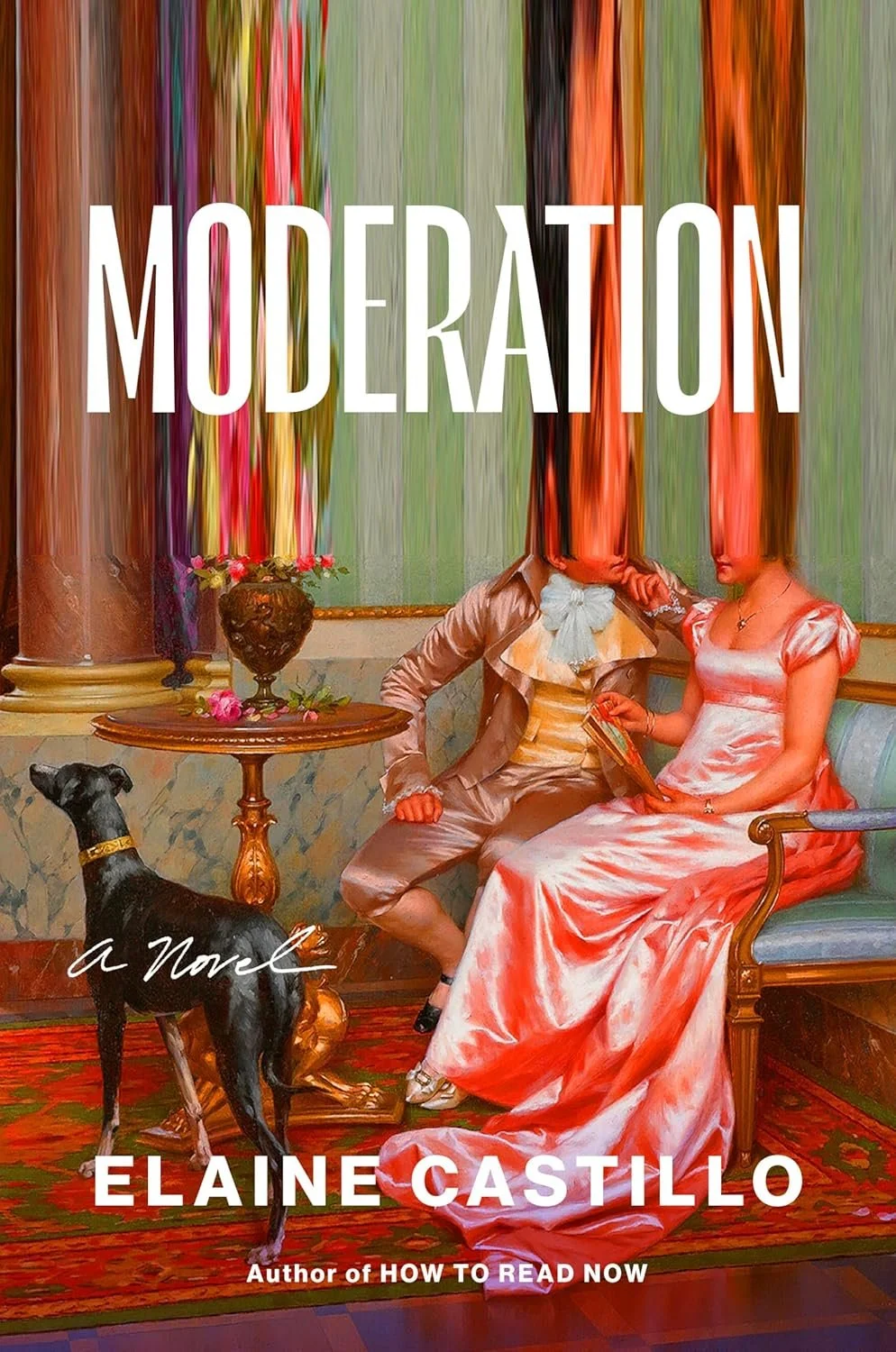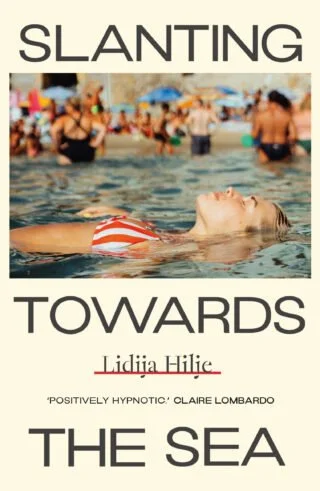Klara and The Sun, Kazuo Ishiguro
‘Until recently, I didn’t think that humans could choose
loneliness. That there were sometimes forces more powerful than the wish to avoid loneliness.’
Reading a Kazuo Ishiguro novel feels a bit like stumbling around in the dark. As Ishiguro revels in withholding some crucial piece of information regarding his fictional world in question, readers are driven forwards by curiosity, grappling to uncover the unknown, propelled on by the expectation of the all-encompassing, illuminating reveal.
After reading a plethora of his work, Ishiguro’s writing pattern begins to feel very familiar. I have learnt not to trust his narrators, or at least, to recognize the limits of their subjectivity and memory; to find the meaning in the mundane; to search for clues in Ishiguro’s wily metaphors and motifs. Klara, the narrator of his latest work, Klara and The Sun, is remarkably perceptive, however. Remarkable because she is an AF - an artificial friend; a humanoid. Her life begins in a store, amongst other AFs, who are chosen by children to be their ‘friends’. Josie, a teenage girl, chooses Klara.
Ishiguro is treading familiar ground to Never Let Me Go, his groundbreaking and intensely moving novel about clones. Never Let Me Go feels less sci-fi than Klara and The Sun however, somehow more about life, loss and existentialism than science. So why did Ishiguro return to this familiar topic of not-quite-humans? What gaps did he want to explore that had been left by Never Let Me Go? Can we even assume that he is putting clones and AFs in the same category?
The humans and ‘non-humans’ (for lack of a better term) feel more intertwined in Klara and the Sun. Of course that sounds illogical, because how much more intertwined can a human be than with their clone? But in Never Let Me Go, the clones barely come into contact with humans, except in the institutions they find themselves in. Klara, on the other hand, as well as all other AFs, are deeply embedded in the personal lives and homes of the children they care for. Josie, the child Klara cares for, becomes life-threateningly sick, and disturbingly, Josie’s mother asks Klara to act like her. Ishiguro is tapping into the idea of ‘cloned’ behaviours and personality, probing the question: is there anything at our core that makes us, us?
Klara is driven by her loyalty to Josie and as in The Remains of the Day, Ishiguro surveys the notion of service and self, the relationship between master and servant. Klara’s individuality revolves around Josie, to the extent that she could even imitate her should she need to. At what point do her feelings and personality become Josie’s and vice versa?
Klara is deeply connected to the Sun, as the book’s title makes apparent. Ishiguro intertwines nature and technology, two entities that are so often set at odds in cultural rhetoric and mind. Klara, however, cares deeply about the sun, and seemingly, the environment, hoping in part to save it from pollution, and in turn, to save Josie. It’s an ironic twist of fate to consider, the planet saved from global warming by AIs, but maybe there’s something in it. Where our humanity and ego blinds us, a humanoid could perhaps see more clearly the harm being done.
This notion of Klara’s clarity of vision is perhaps what Ishiguro is getting at; she isn’t guided by emotions and cultural conditioning in the same ways as the humans around her; she thinks and perceives in a more strictly logical sense, while still being able to see nuance and read emotion, despite her stilted tone of voice. “I believe I have many feelings,” Klara says, “The more I observe, the more feelings become available to me.” But can we really learn feelings? ‘Observe’ them? Should feelings not, by their very nature, be instinctive?
Editorial Picks




